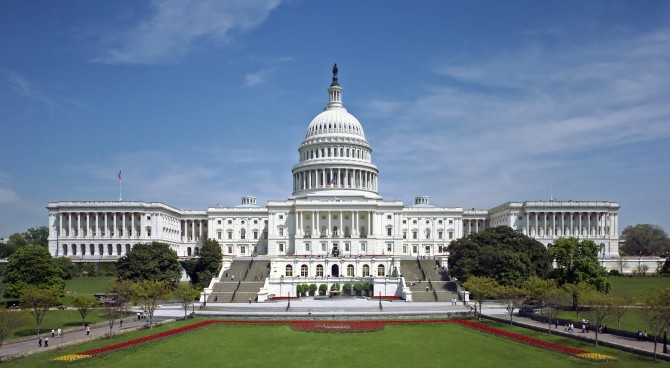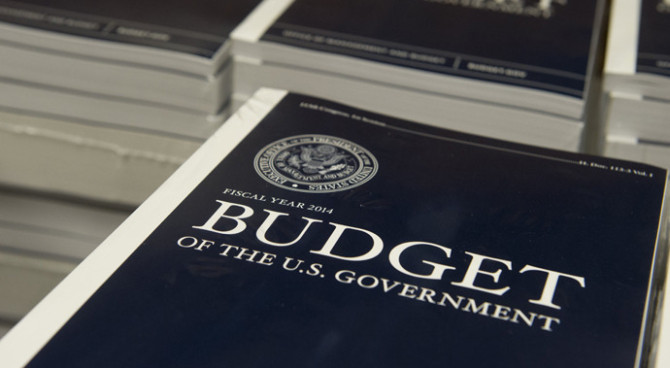America has a choice to make: Do we go back to the policies of Ronald Reagan or of Herbert Hoover?
ET
Since President Trump announced “Liberation Day” in April by imposing the highest average tariff rates in 90 years, consumer prices have risen at an increasing rate each month. At first, uncertainty about tariff rates and their duration delayed businesses’ pricing and employment decisions. But it has become clear that Mr. Trump’s tariffs are hurting the economy and are increasingly being paid for in higher prices and fewer jobs. In the long run, tariffs will contribute to reducing American productivity, wages, profits and growth.
Because the U.S. is recovering from the first significant inflation in 40 years, people are especially worried that Mr. Trump’s tariff policies could bring back high inflation. With the average weighted tariff rate on imports approaching 20%, producers and retailers have been forced to raise prices. But imports make up only about 14% of U.S. gross domestic product—a smaller share than most major trading partners—and the direct effect of these tariffs on inflation is limited.
The prices of individual products subject to tariffs will spike relative to general prices, making these price hikes obvious to consumers and imposing significantly heavier costs on households that consume tariffed goods. The 50% tariffs on steel, aluminum and copper and the effect of the 20% average tariff on the roughly 60% of imports used as component parts in U.S. production will render American exports increasingly noncompetitive.
Tariffs do enable protected industries to expand—if they can cope with the risk that their investments are reliant on executive orders and can be overturned by the next president. Without tariffs, the additional output of protected industries would be unprofitable, and the resources redirected to those industries could have generated more value left in their original, more productive uses. By inducing the production of goods at home that could be bought more cheaply abroad, tariffs misallocate resources and lower productivity and growth. If tariffs on textiles raise prices at Walmart enough to bring textile mills back to the Carolinas, does diverting capital from artificial intelligence to build these mills make America richer or poorer?
When Mr. Trump isn’t trying to shame American retailers and producers into eating tariff costs, he claims that these costs will be absorbed by foreign exporters. But the import price index has remained virtually unchanged since the implementation of the tariffs, providing evidence that foreign producers aren’t absorbing the costs of the tariffs by cutting prices. Goldman Sachs found that through June American businesses appear to have absorbed 64% of the cost of tariffs so far.
To the degree that domestic retailers and producers continue to absorb tariff costs, their earnings will fall. Roughly 72% of the value of publicly traded U.S. companies is owned by pensions, 401(k)s and other retirement accounts, charitable foundations and insurance companies backing life insurance and annuity products. When producers and retailers eat the costs of the tariffs, Americans end up paying those costs through reductions in their investment and retirement incomes.
The president is also fond of pointing out the significant increase in customs revenue coming from the tariffs. But because these fees are paid by American consumers, investors and retirees, America would benefit only if government spends the money more wisely than the people who earned it would. The loss of competitiveness, the misallocation of resources and the decline in productivity caused by the tariffs will reduce income growth. Future income-tax revenues will therefore be lower, offsetting much of today’s higher customs revenues.
Not only has the world declined to follow the U.S. in raising tariffs; there has been an explosion in trade-expansion initiatives. The U.K. and India have signed a free-trade agreement, and the European Union and India hope to reach one by the end of the year. China is offering 53 African countries tariff-free access to its market, and Chinese and African trade surged by 12% between January and May. Chinese exports to the EU and India have surged over the past year, and the EU is pushing for trade-expansion agreements with South America and Asia. As expanding world trade bypasses our tariff fortress, an increasingly noncompetitive America will find itself not only poorer but with less power and influence.
The feature of the Trump trade agreements that is most difficult to assess is the series of investment commitments that some trading partners have made in their desperate efforts to reduce their exposure to Mr. Trump’s punishing tariffs. Only time will tell how real and how valuable any of these agreements turn out to be. Time will also tell what price Americans will pay, as in eight months America has transformed itself from a benevolent global leader—one that came closer than any nation in history to fulfilling Virgil’s vision of Rome: to govern nations with justice, impose peace and use power to protect the weak while humbling the proud—into a bullying rent-seeker.
Leading the world in expanding trade made America the richest and most powerful nation in history. The benefits of expanding trade were especially clear during the 1980s and 1990s, when the U.S. participated in the largest General Agreement on Tariffs and Trade round since World War II. In choosing America’s future, do we want to go back to the policies of Ronald Reagan or Herbert Hoover?
Mr. Gramm, a former chairman of the Senate Banking Committee, is a nonresident senior fellow at the American Enterprise Institute. Mr. Boudreaux is a professor of economics at George Mason University. Mike Solon contributed to this article.
Copyright ©2025 Dow Jones & Company, Inc. All Rights Reserved. 87990cbe856818d5eddac44c7b1cdeb8
Appeared in the September 26, 2025, print edition as ‘The Economic Cost of Trump’s Tariff Revival’.


